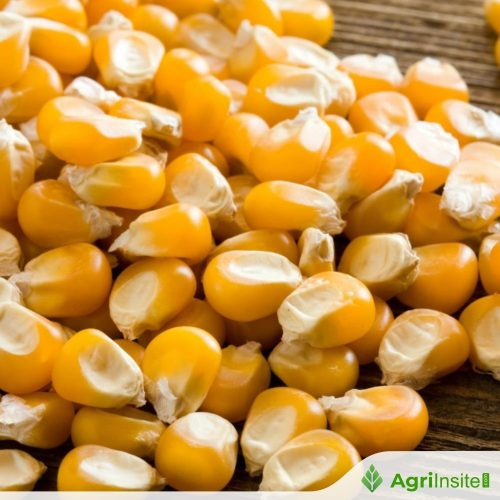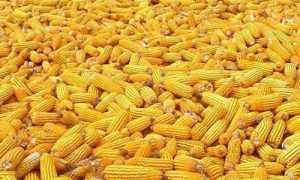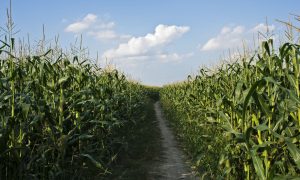Maize imports stood at 5 700 tonnes in September

South Africa’s maize production is projected to decline by 22% to 12.8 million metric tonnes due to mid-summer drought, yet the country continues to export maize, having shipped 929,000 tonnes in the 2024-25 marketing year. Zimbabwe, Botswana, and Namibia are key recipients. Meanwhile, the FAO’s Global Food Price Index rose by 3% in September, driven by tight supplies and strong demand in various commodities.
While South Africa’s maize production is down 22% from the last season because of the tough mid-summer drought to an expected harvest of 12,8 million metric tonnes, South Africa has continued to export maize to the Southern African region.
The anticipated harvest and significant carryover stock from the previous season, according to Wandile Sihlobo, the chief economist of the Agricultural Business Chamber of South Africa, have given South Africa confidence in its maize supplies.
Sihlobo said in the week of September 27, South Africa exported 38 000 tonnes of maize.
Zimbabwe received 54% of this volume, Botswana received 17%, Namibia received 15%, and the remaining African countries received the remainder.
He said maize exports placed South Africa’s total maize exports in the 2024-25 marketing year at 929 000 tonnes out of the expected 1,90 million tonnes (down from 3,44 million tonnes in the 2023-24 marketing year because of the mid-summer drought). The 2024-25 marketing year started on 1 May and will end by April 2025.
“Global food prices have risen slightly. This morning, the FAO released its Global Food Price Index results for September 2024, a measure of the monthly change in international prices of a basket of food commodities,” he said.
The Global Food Price Index showed a 3% increase from August to 124 points in September. The monthly price increase was broad-based across all major commodities or sub-indices: meat, dairy, cereals, vegetable oils, and sugar.
Sihlobo said there are varied reasons for price upticks in these products, mainly related to slightly tight supply in some, weather concerns in some, and strong demand in some products like dairy and meat.
“The FAO’s Global Food Price Index is now 2% up from September 2023. Still, the current reading of the Global Food Price Index is 22% below its peak of 160.3 points reached in March 2022.”
In terms of rice, South Africa relies 100% on imports.
The country consumes about a million tons of rice annually.
Thailand is the leading rice supplier to South Africa, accounting on average for 74% of South Africa’s rice import volume a year in the past five years.
India is the second largest rice supplier to South Africa, boasting an average annual share of 21% over the past five years.
Other rice suppliers include Pakistan, Vietnam, China, Australia, the US, and Brazil. The International Grains Council forecasts 2024-25 global rice production at 528 million tons, up 1% year-on-year.
Source Link : https://www.observer24.com.na/maize-imports-stood-at-5700-tonnes-in-september/
















